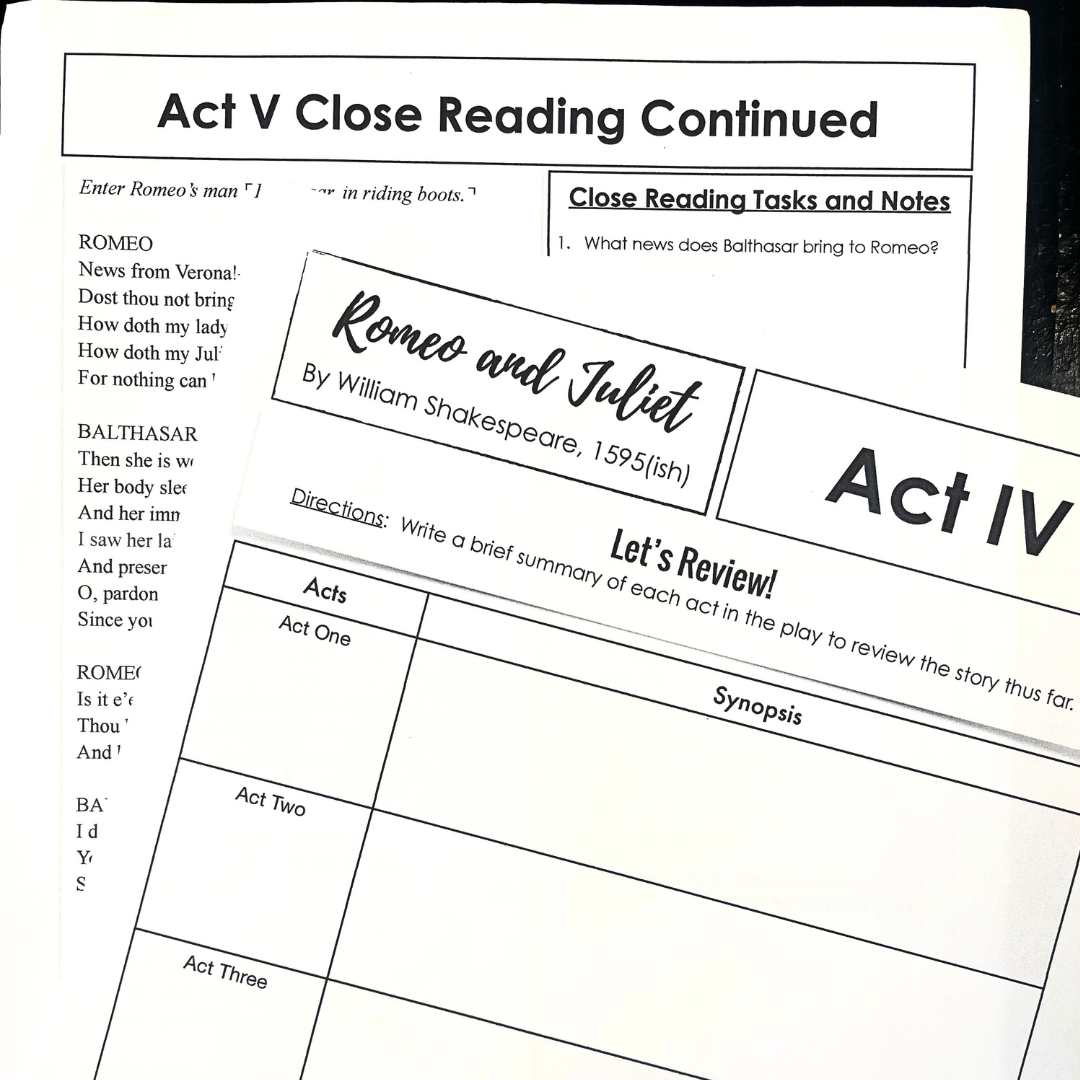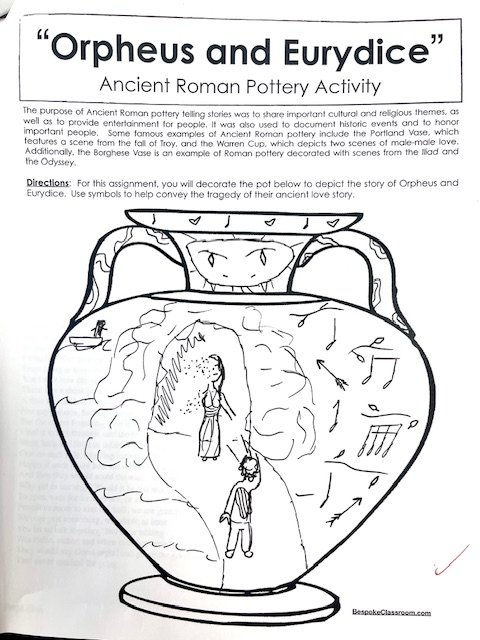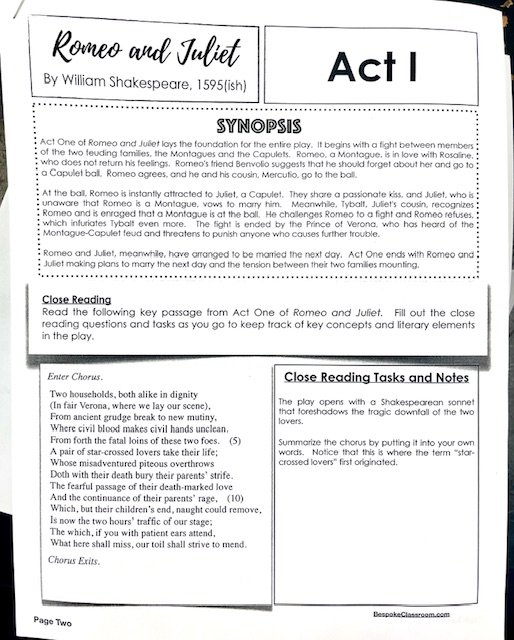There are many benefits to teaching star-crossed love stories to students. These stories can help students to explore themes of love, loss, fate, and destiny. They can also teach students about the power of love to overcome obstacles.
Why teach star-crossed love stories?
There are many reasons why teachers should teach star-crossed love stories. Here are a few:
To explore the power of love. Star-crossed love stories often explore the power of love in a way that other types of stories cannot. The lovers in these stories are often forbidden from being together, but their love is so strong that they are willing to risk everything to be together. This can be a powerful message for young people, who are often exploring their own feelings of love and loss.
To teach about the importance of overcoming obstacles. The lovers in star-crossed love stories often face many obstacles in their quest to be together. These obstacles can be external, such as the disapproval of their families or society, or they can be internal, such as their own insecurities or fears. But despite these obstacles, the lovers in these stories always find a way to overcome them. This can be a valuable lesson for young people, who will inevitably face obstacles in their own lives.
To explore the themes of fate and free will. Star-crossed love stories often raise questions about fate and free will. Are the lovers in these stories doomed from the start, or do they have the power to choose their own destiny? This can be a complex and thought-provoking topic for young people, who are still trying to figure out who they are and what they want in life.
To introduce students to classic literature. Many of the most famous star-crossed love stories are also classic works of literature, such as Romeo and Juliet, West Side Story, and Wuthering Heights. Teaching these stories can help students to develop their appreciation for classic literature and to understand the themes and ideas that have resonated with readers for centuries.
Contributing Factors
When teaching star-crossed love stories, it is important to help students to understand the different factors that can contribute to a star-crossed relationship. These factors can include:
Social Status: In many star-crossed love stories, the two lovers come from different social classes. This can make it difficult for them to be together, as their families may not approve of their relationship.
Family: The families of the two lovers may also be opposed to their relationship. This can be due to a variety of reasons, such as their different social classes, their religious beliefs, or their political affiliations.
Fate: In some star-crossed love stories, the lovers are doomed to be together, even if they try to resist their feelings. This can be due to a prophecy, a curse, or simply bad luck.
It is also important to help students to understand the different ways that star-crossed love stories can end. In some cases, the lovers are able to overcome the obstacles in their way and be together. In other cases, their love is doomed from the start, and they may even die for each other.
Activities
Let's dive into some more creative activities to enhance the exploration of star-crossed lovers in Shakespeare’s Romeo and Juliet:
Shakespearean Social Media: Ask students to imagine Romeo and Juliet had access to social media platforms like Twitter or Instagram. Have them create posts, tweets, or stories for key moments in the play. This modern twist encourages students to think about how the characters might express themselves in a digital age.
Love Letter Exchange: Organize a love letter exchange within the class. Assign each student a character from the play and have them write a love letter in that character's voice. Then, have them exchange letters with their classmates, creating a heartfelt connection between characters and students.
Acting Out Emotions: Assign different emotions (love, despair, anger) to small groups of students. Without using words, each group must act out the assigned emotion, allowing the class to guess the emotion being portrayed. This activity helps students understand the power of non-verbal communication in the play.
Costume Design Project: Engage students in the visual aspects of the play by having them design costumes for characters in a modern setting. Encourage creativity by considering how clothing choices might reflect each character's personality and role in the story.
Character Dating Profiles: In a humorous twist, ask students to create dating profiles for characters in Romeo and Juliet. What would their bios say? This activity prompts students to think about how the characters might present themselves in a contemporary dating context.
Alternate Perspectives Monologues: Challenge students to write monologues from the perspective of secondary characters in the play, such as Mercutio, Benvolio, or the Nurse. This allows for a deeper exploration of characters often overlooked and encourages students to think critically about the impact of these characters on the main storyline.
Love Song Playlist: Have students curate a playlist of modern songs that represent the themes of love, tragedy, and fate in Romeo and Juliet. Ask them to justify their song choices, linking each track to specific scenes or characters. This activity combines literary analysis with music appreciation.
Fortune Cookie Predictions: As a creative pre-reading activity, provide students with "fortune cookies" containing key plot points or character destinies. Ask them to speculate on what these fortunes might mean for the characters in the play, sparking curiosity and predictions.
Plot Twist Debate: Encourage critical thinking by having students participate in a debate where they propose and defend alternative plot twists for Romeo and Juliet. This activity not only challenges their understanding of the story but also hones their argumentative skills.
Role Reversal Scene: Challenge students to rewrite a key scene with role reversals, changing the genders of the characters. This prompts students to explore how societal expectations and gender roles influence character dynamics and relationships.
Silent Film Adaptation: Challenge students to create a silent film adaptation of a key scene in Romeo and Juliet. This activity requires careful consideration of body language, facial expressions, and visual storytelling to convey the emotions and plot without spoken words.
Create a Snapchat Story: Challenge students to create a series of Snapchat stories for key scenes in Romeo and Juliet. This modern approach encourages them to condense the narrative into bite-sized, visually engaging snippets, incorporating emojis, filters, and captions.
Character Trading Cards: Have students design trading cards for the characters in Romeo and Juliet. Each card should include vital statistics, character traits, and a quote that encapsulates the essence of the character. These cards can be collected and traded among classmates.
Symbolic Dream Analysis: Explore the use of dreams and symbols in Romeo and Juliet by having students analyze and interpret the symbolic significance of dreams mentioned in the play. This can lead to discussions about foreshadowing, fate, and subconscious desires.
Culinary Creations: Host a “Romeo and Juliet Culinary Creations" day where students bring in dishes inspired by the play. Each dish should be accompanied by a brief explanation of its connection to a character, theme, or scene, making it a delicious exploration of literature.
Character Therapy Session: Transform the classroom into a therapy session where students role-play as therapists and characters from the play. This activity encourages them to analyze the characters' motivations, conflicts, and emotions in a creative and interactive way.
Poetry Slam: Organize a poetry slam where students compose and perform original poems inspired by Romeo and Juliet. This activity allows them to express their interpretations, emotions, and connections to the play through the medium of spoken word.
Instagram Live Character Interviews: Encourage students to conduct live interviews on Instagram as if they were interviewing characters from Romeo and Juliet. They can prepare questions, responses, and even dress up as the characters, blending modern technology with Shakespearean drama.
Found Poetry Collage: Engage students in found poetry by asking them to create collages using words and phrases found in various scenes of Romeo and Juliet. This visually artistic activity encourages exploration of language and symbolism.
Alternate Endings Podcast Series: Have students create a podcast series exploring alternate endings for Romeo and Juliet. Each episode can feature a different twist, providing an opportunity for in-depth analysis and creative storytelling.
These unique ideas aim to make the study of star-crossed lovers an even more engaging and multifaceted experience for high school English students.
Star-Crossed Lovers Full Unit
In this unit, students will close read and discuss key star-crossed love stories such as “Orpheus and Eurydice” and “Layla and Majnun.” I have also included an excerpted version of Romeo and Juliet that includes the major scenes / moments from the play to make it more palatable for students and also easier to read in a short amount of time. Excerpts from the play are accompanied by close reading tasks, questions, and discussions to help students interact with the text in a meaningful way.
Student Work
Check out what my students have done with this unit! It has really resonated with them.
About the Author
Meredith is the founder and creator of Bespoke ELA and TeachWriting.org. She has taught high school English for 15+ years in Dallas, Chicago, and New York City and holds a M.A. in Literature from Northwestern University. She has always had a connection to the written word-- through songwriting, screenplay writing, and essay writing-- and she enjoys the process of teaching students how to express their ideas. Meredith enjoys life with her sweet daughter and Yorkie.































